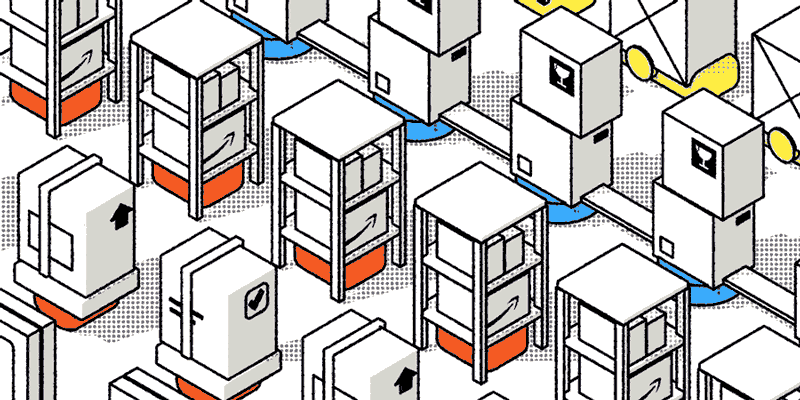ArchitectureParks of the Future May Include Elevated Walkways Through Trees With their bold design, one New York–based architecture firm is pushing the boundaries of how public parks should be created.
The first step in producing an artificial thymus which has potential for cancer age related immune decline.
UCLA researchers have created a new system to produce human T cells, the white blood cells that fight against disease-causing intruders in the body. The system could be utilized to engineer T cells to find and attack cancer cells, which means it could be an important step toward generating a readily available supply of T cells for treating many different types of cancer.
The preclinical study, published in the journal Nature Methods, was led by senior authors Dr. Gay Crooks, a professor of pathology and laboratory medicine and of pediatrics and co-director of the Eli and Edythe Broad Center of Regenerative Medicine and Stem Cell Research at UCLA, and Amelie Montel-Hagen, an associate project scientist in Crooks’ lab.
The thymus sits in the front of the heart and plays a central role in the immune system. It uses blood stem cells to make T cells, which help the body fight infections and have the ability to eliminate cancer cells. However, as people age or become ill, the thymus isn’t as efficient at making T cells.
Amazon’s Robot War Is Spreading
Posted in robotics/AI
Interview with George Church.
Harvard researcher Dr. George Church has developed an innovative gene editing technology called CRISPR/Cas9 that could transform senescent cells. He predicts this technology may reverse aging in humans. Life Extension Foundation® assisted by providing Dr. Church with gene sequencing data from its super-centenarian project.
Ray is not worried about A.I. though he does not dismiss the dangers.
James Bedsol interviewed Ray Kurzweil, one of the world’s leading minds on artificial intelligence, technology and futurism, in his Google office in Mountain View, CA, February 15, 2017.
Who is Raymond “Ray” Kurzweil?
Kurzweil is one of the world’s leading minds on artificial intelligence, technology and futurism. He is the author of five national best-selling books, including “The Singularity is Near” and “How to Create a Mind.”
April 5 (UPI) — The U.S. Defense Advanced Research Projects Agency has completed a round of testing for its vertical takeoff and landing X-Plane program.
The agency began testing for the program in March 2016 using sub-scale aircraft developed and fabricated by Aurora Flight Sciences. The platform is comprised of 24 electric ducted fans, 18 of which are distributed within the main wings. The remaining six are placed in the canard surfaces.
DARPA officials said the successful trials bring the agency closer to presenting a vertical takeoff and landing craft able to fly faster than existing hover-capable craft.
A team of researchers has developed artificial synapses that are capable of learning autonomously and can improve how fast artificial neural networks learn.
Developments and advances in artificial intelligence (AI) have been due in large part to technologies that mimic how the human brain works. In the world of information technology, such AI systems are called neural networks. These contain algorithms that can be trained, among other things, to imitate how the brain recognizes speech and images. However, running an Artificial Neural Network consumes a lot of time and energy.
Now, researchers from the National Center for Scientific Research (CNRS) in Thales, the University of Bordeaux in Paris-Sud, and Evry have developed an artificial synapse called a memristor directly on a chip. It paves the way for intelligent systems that required less time and energy to learn, and it can learn autonomously.
It isn’t easy to capture the best shots in a golf tournament that is being televised. And that’s why IBM is applying the artificial intelligence of its Watson platform to the task of identifying the best shots at The Masters golf tournament.
For the first time at a sporting event, IBM is harnessing Watson’s ability to see, hear, and learn to identify great shots based on crowd noise, player gestures, and other indicators. IBM Watson will create its own highlight reels.
With 90 golfers playing multiple rounds over four days, video from every tee, every hole, and multiple camera angles can quickly add up to thousands of hours of footage.
Deep learning owes its rising popularity to its vast applications across an increasing number of fields. From healthcare to finance, automation to e-commerce, the RE•WORK Deep Learning Summit (27−28 April) will showcase the deep learning landscape and its impact on business and society.
Of notable interest is speaker Jeffrey De Fauw, Research Engineer at DeepMind. Prior to joining DeepMind, De Fauw developed a deep learning model to detect Diabetic Retinopathy (DR) in fundus images, which he will be presenting at the Summit. DR is a leading cause of blindness in the developed world and diagnosing it is a time-consuming process. De Fauw’s model was designed to reduce diagnostics time and to accurately identify patients at risk, to help them receive treatment as early as possible.
Joining De Fauw will be Brian Cheung, A PhD student from UC Berkeley, and currently working at Google Brain. At the event, he will explain how neural network models are able to extract relevant features from data with minimal feature engineering. Applied in the study of physiology, his research aims to use a retinal lattice model to examine retinal images.
Ray Kurzweil is probably the most qualified individual to talk about the future of technology. He does it at CeBIT in a captivating presentation about technologies that will be as important as the internet. Ray is an Inventor, Entrepreneur, Futurist, Writer, founder of the Singularity University and now at Google. (Intro is temporally missing). March 2017.








